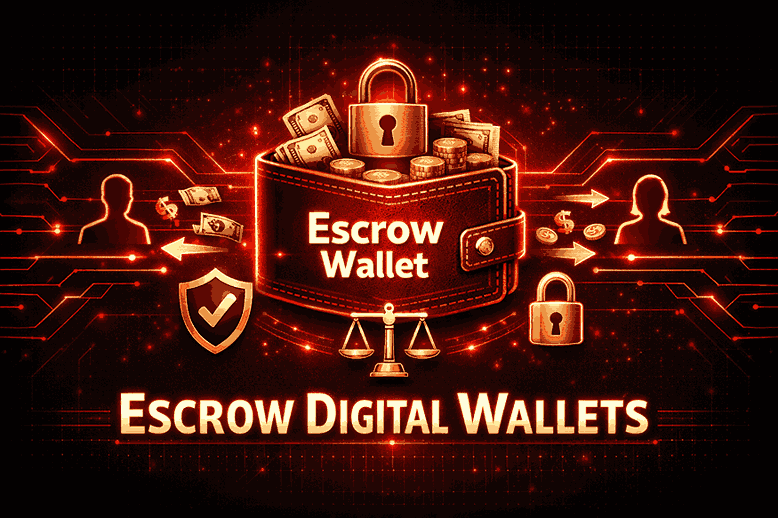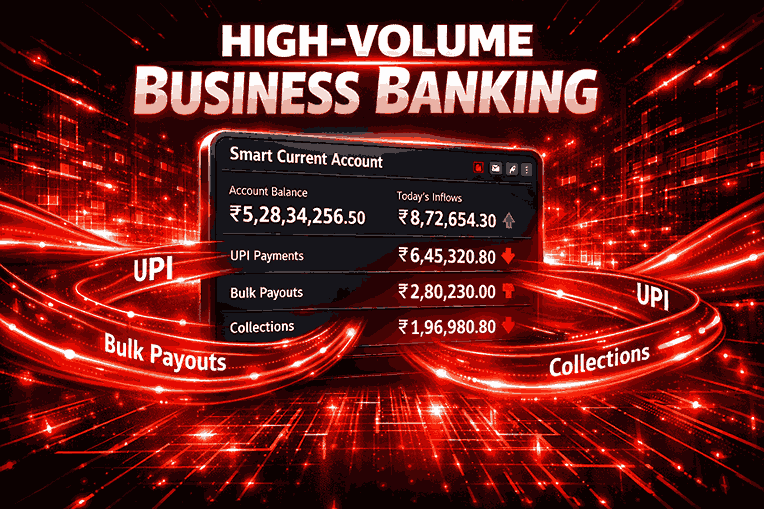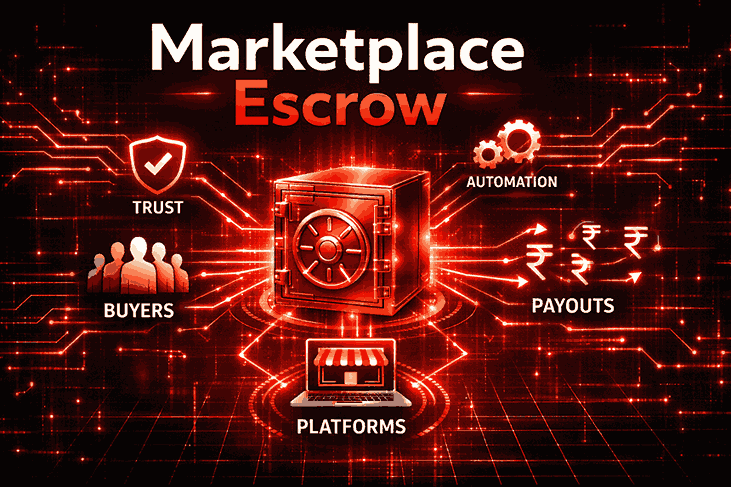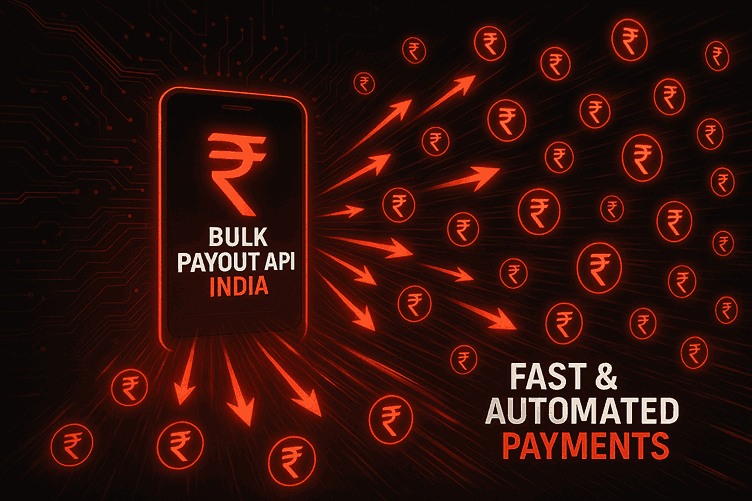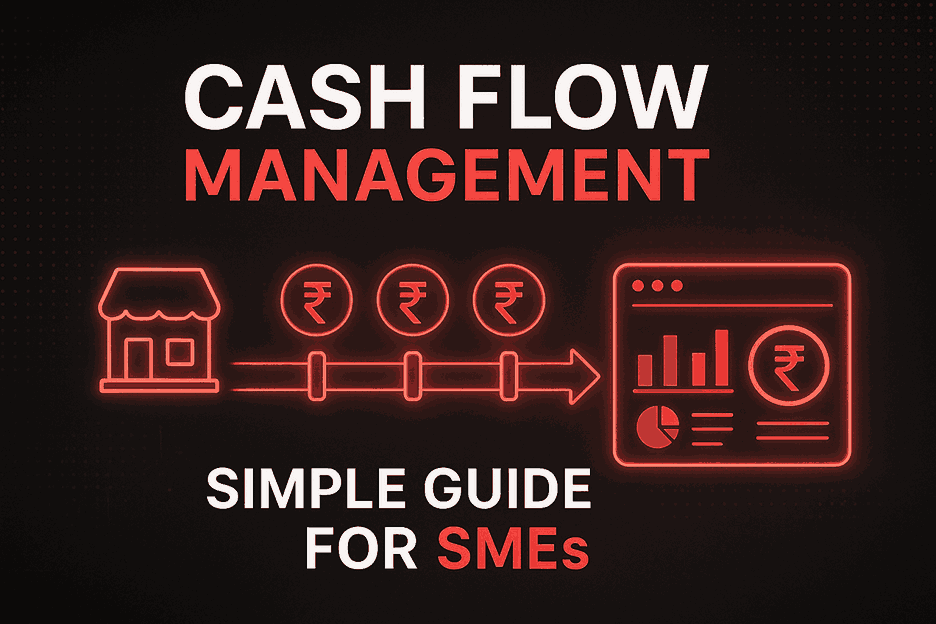A Beginner’s Guide to Safe Online Payments for Businesses and Consumers Alike
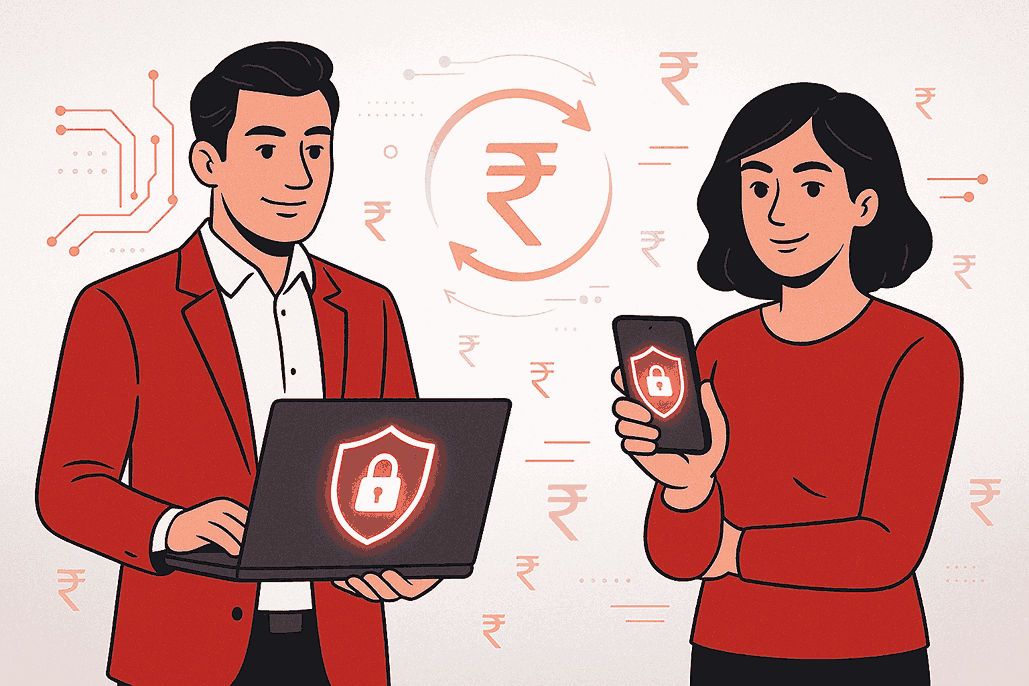
In an era
where digital transactions dominate, understanding how to make safe online
payments is crucial for both businesses and consumers. Secure payment practices
protect you from fraud, data theft, and financial loss while ensuring smooth
and trustworthy transactions. This guide covers foundational security tips and
best practices to help you navigate the online payment landscape confidently in
2025.
Table of Contents
1.
Why
Online Payment Security Matters
2.
Essential
Safety Measures for Online Payments
3.
Best
Practices for Businesses
4.
Best
Practices for Consumers
5.
Common
Threats and How to Avoid Them
6.
Emerging
Trends in Online Payment Security
7.
Frequently
Asked Questions
Why Online Payment Security Matters
Online
payments involve sensitive financial data such as card numbers, bank details,
and personal information. Without proper security, these details can be
intercepted by cybercriminals, resulting in identity theft, unauthorized
transactions, or data breaches. For businesses, poor security can lead to
customer distrust, legal penalties, and financial damage. Therefore,
implementing and adhering to payment security practices is essential to build
trust and safeguarding all parties involved.
Essential Safety Measures for Online Payments
1.
Use
PCI DSS-compliant payment gateways that follow industry standards for
protecting cardholder data.
2.
Implement
encryption and tokenization to ensure data is unreadable to unauthorized
users during transmission and storage.
3.
Enable
multi-factor authentication (MFA) to add an extra layer of verification
beyond passwords, reducing the risk of unauthorized access.
4.
Regularly
update software and security patches on all systems handling payments to
mitigate vulnerabilities.
5.
Employ
firewalls and anti-malware tools to detect and prevent cyber threats
continuously.
6.
Maintain
transaction monitoring and fraud detection systems to identify
suspicious activities in real time.
Best Practices for Businesses
1.
Train
employees on recognizing phishing attempts, proper password management, and
handling payment data securely.
2.
Conduct
periodic vulnerability scans and penetration tests to find and fix
security gaps.
3.
Develop
an incident response plan outlining steps to address security breaches
swiftly and minimize damage.
4.
Limit
employee access to sensitive payment data based on roles to reduce internal
risks.
5.
Communicate
transparently with customers regarding payment security measures to build
confidence.
Best Practices for Consumers
1.
Always
ensure the payment page uses secure HTTPS connections before entering
card details.
2.
Use
strong, unique passwords for fintech apps and change them regularly.
3.
Prefer
payment methods offering tokenization and MFA, like UPI or trusted
digital wallets.
4.
Avoid
public Wi-Fi when making payments; use a secure private network or VPN.
5.
Monitor
bank statements frequently to catch unauthorized transactions early and report
suspicious activity promptly.
Common Threats and How to Avoid Them
1.
Phishing scams:
Do not click on suspicious email links or share credentials. Verify websites
before entering information.
2.
Data breaches:
Use services compliant with data protection standards and minimize sharing of
personal info.
3.
Fake payment gateways: Only use verified and trusted payment gateways or apps.
4.
Malware and spyware: Keep devices updated and use reputable antivirus software.
Emerging Trends in Online Payment Security
1.
AI-powered
fraud detection systems are improving real-time identification of
suspicious transactions.
2.
Behavioral biometrics analyze user actions like typing patterns to identify fraudulent access.
3.
Expanded
use of blockchain technology and tokenization offers enhanced data
privacy.
4.
Adoption
of quantum-resistant encryption to secure payments against future
computational threats.
5.
Greater
focus on collaborative threat intelligence, where businesses and banks
share fraud data to prevent attacks collectively.
Frequently Asked Questions
Is online payment safe for small businesses?
Yes, by
using trusted payment gateways with proper security protocols, small businesses
can safely process online payments with minimal risk.
What should I do if I notice an unauthorized transaction?
Immediately
report it to your bank or payment provider to initiate dispute resolution and
possibly reverse the charge.
How does tokenization improve security?
It replaces
sensitive card details with unique tokens that cannot be exploited if
intercepted.
Should businesses use multi-factor authentication?
Absolutely.
MFA significantly reduces the likelihood of account breaches by requiring
additional identity verification.
















